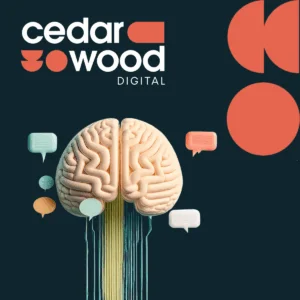
In recent years, Google has moved hard into generative AI in search, and by 2025, its influence is reshaping how we think about SEO, content strategy and visibility online. What once seemed experimental is increasingly central to how search works.
What’s New in Google’s AI Search Landscape
- AI Overviews (AIOs) remain a core feature, offering concise summaries of search results with citations. But the biggest shift is AI Mode, introduced in 2025, which provides a more immersive, generative search experience driven by Google’s latest Gemini models.
- In AI Mode, Google breaks down a user’s question into sub-queries and generates deeper, contextual answers while citing sources.
- Early observations suggest that AI Overviews and AI Mode reduce traditional click-through rates. Users often get their answers directly in results, making “zero-click searches” more common.
- Google is also tightening policy around generative content. The Google Search Essentials / spam policy explicitly warns against using AI tools to mass-generate pages without adding real value.
Given these trends, the role of “SEO” is evolving. Many in the industry now talk about GEO (Generative Engine Optimisation) or AEO (Answer Engine Optimisation) – optimising not just for ranking, but for inclusion and citation in AI responses.
How SEO Must Adapt in 2025
In many cases, you may not only be competing for those top ten positions, but also to be eligible to be cited by AI (if that’s a priority for your brand). That means producing content that’s trustworthy, clearly structured and authoritative.
1. Be citation-worthy, not just rankable
Use schema, structured headings, bullet points, Q&A snippets, and explicit definitions to help AI models parse and lift your content.
2. Focus on EEAT (Experience, Expertise, Authority, Trust) more than ever.
Cover topics deeply and publish non-commodity content; content that adds new insight, examples, unique data, or perspective.
3. Emphasise context & topical authority
Generative systems prefer linking semantically related content clusters rather than isolated pages.
- Build topic hubs / content clusters, linking related subtopics back to central pillar content.
- Use internal linking and clean site structure to show relationships between your content pieces.
- Don’t just chase keywords, address nuanced user questions, follow-ups, and edge cases.
4. Optimise for multimodal & conversational formats
AI search now handles more than just plain text queries.
- Expect image, video, or mixed‐media queries. Use multimodal signals (alt text, captions, transcripts, video schema).
- Write conversational, natural language copy. Think about what someone might ask, not just search.
- Prepare for follow-up queries; structure content in flexible ways so parts can be re-used or referenced.
5. Monitor visibility beyond clicks
Metrics are shifting. You won’t just measure organic traffic, you’ll want to monitor:
- Whether your site is cited in AI answers
- Brand or entity mentions in AI responses
- Visibility in AI Overviews / AI Mode surfaces
- Engagement from users arriving via AI interfaces
6. Stay compliant & guard against overuse
Because AI content is easier to generate en masse, Google is stricter:
- Don’t produce “fluff” or replicas of existing content.
- Add real human insight, original data, case studies, or commentary.
- Use generative tools as assistants, not as “write and publish” solutions. Google’s policy discourages uncritical mass generation.
What You Should Do Today
- Consider the relationship between AI and your brand. How do you want your brand to interact with AI? (We can help with that – get in touch!)
- Experiment with AI content support, but always inject your own insights, data or unique voice.
- Track AI presence, not just traffic; start monitoring citations, brand mentions, AI search rankings.
Stay adaptive; this space is evolving rapidly. Generative AI is no longer experimental, it’s a core part of Google Search’s evolution. Keep watching Google’s announcements, adoption of AI Mode, and shifts in how AI interacts with the web.

